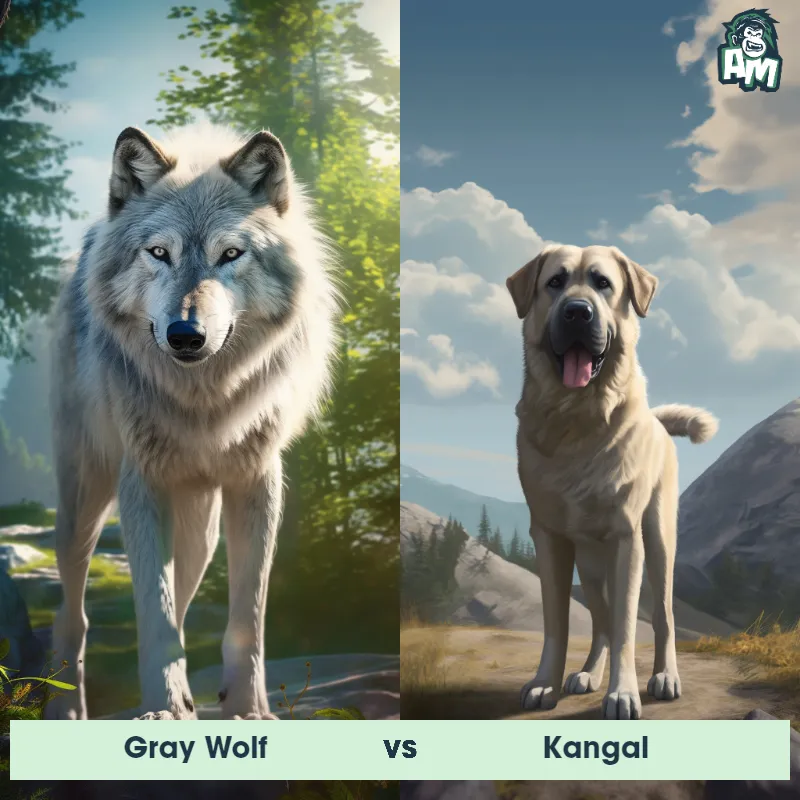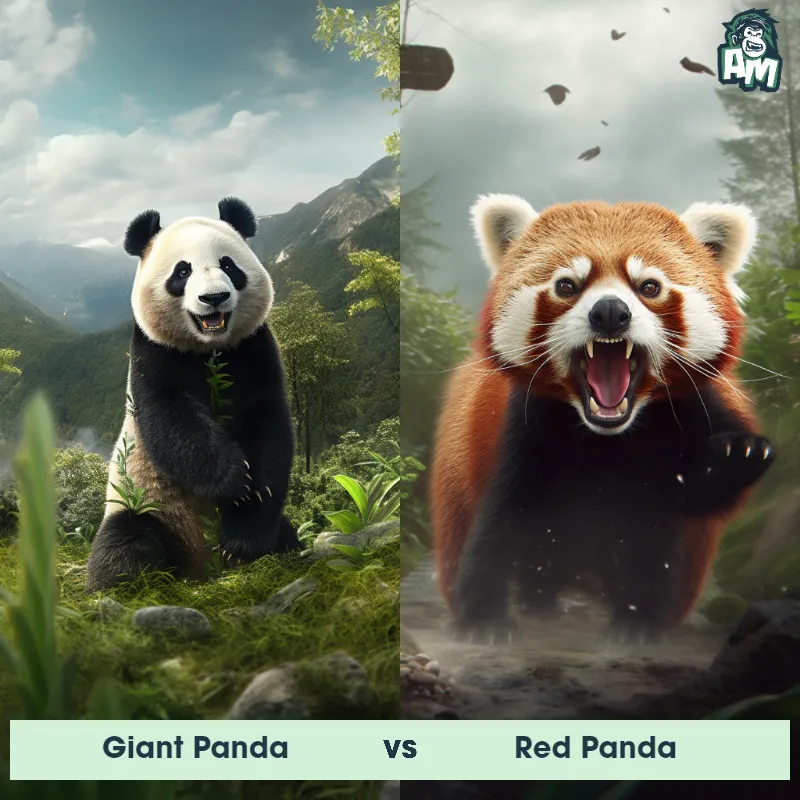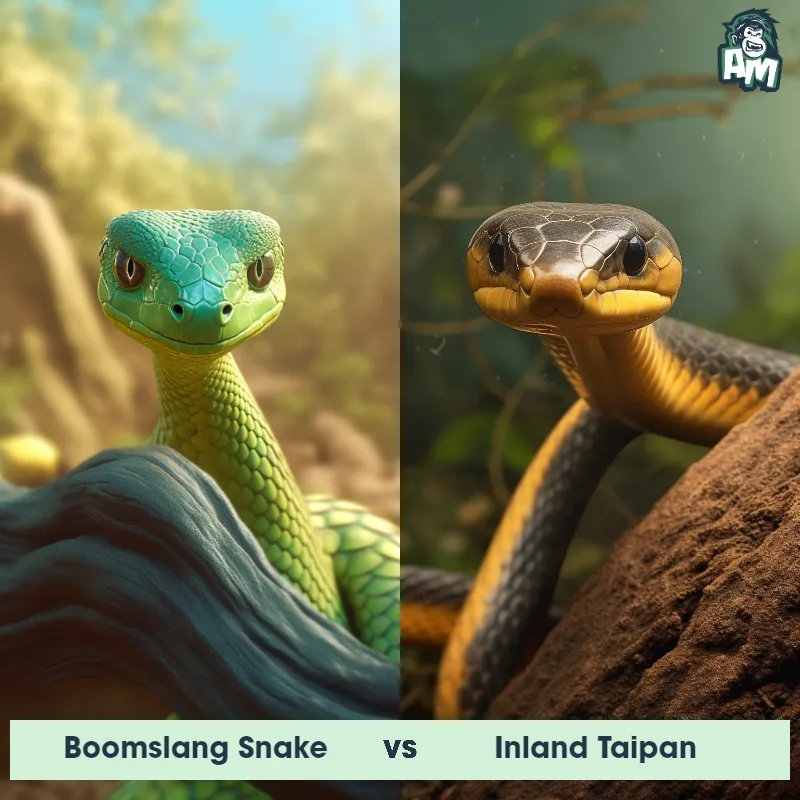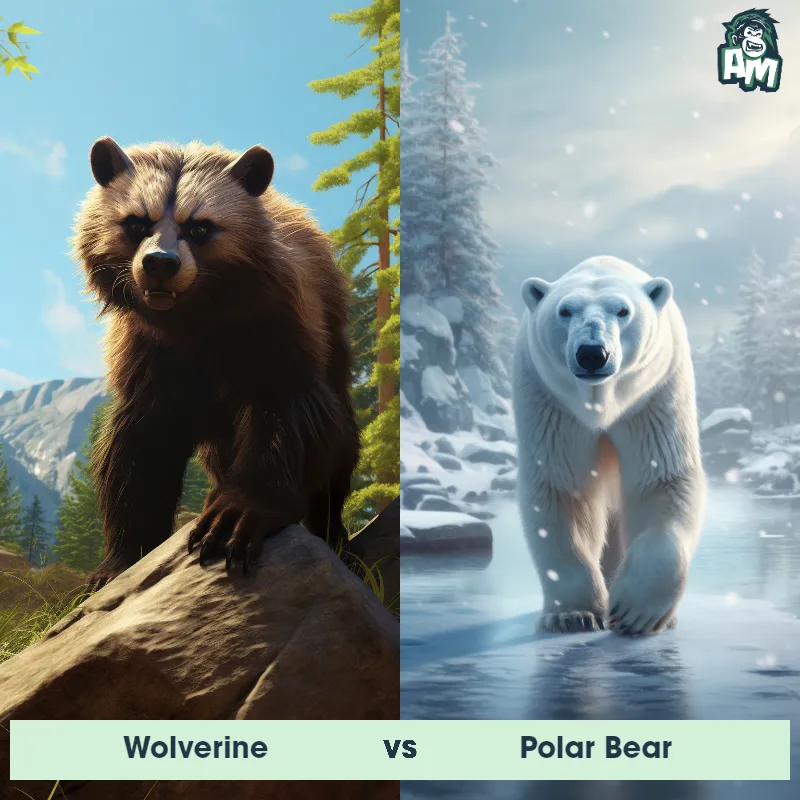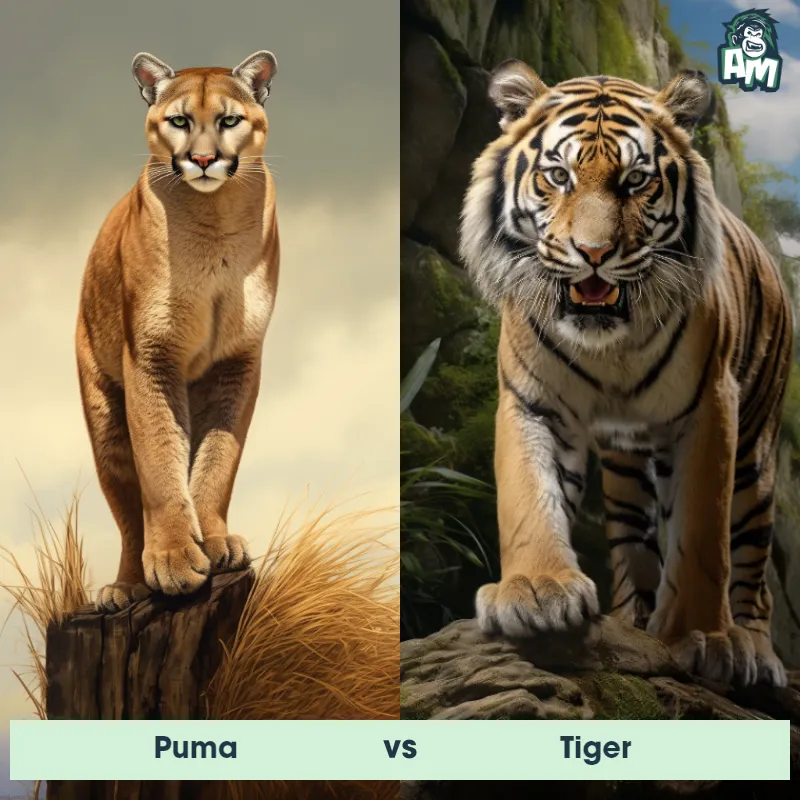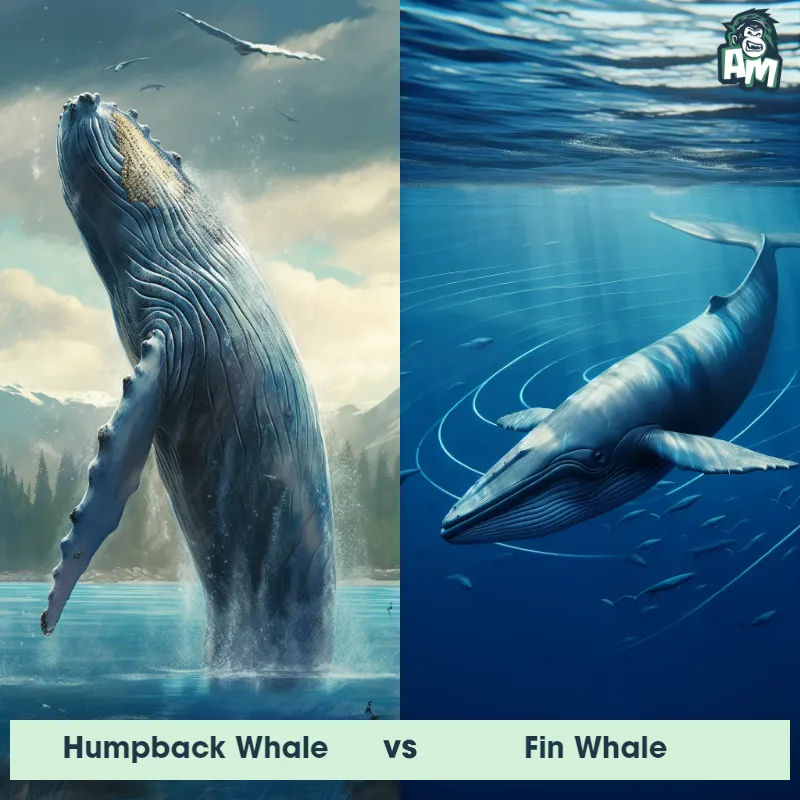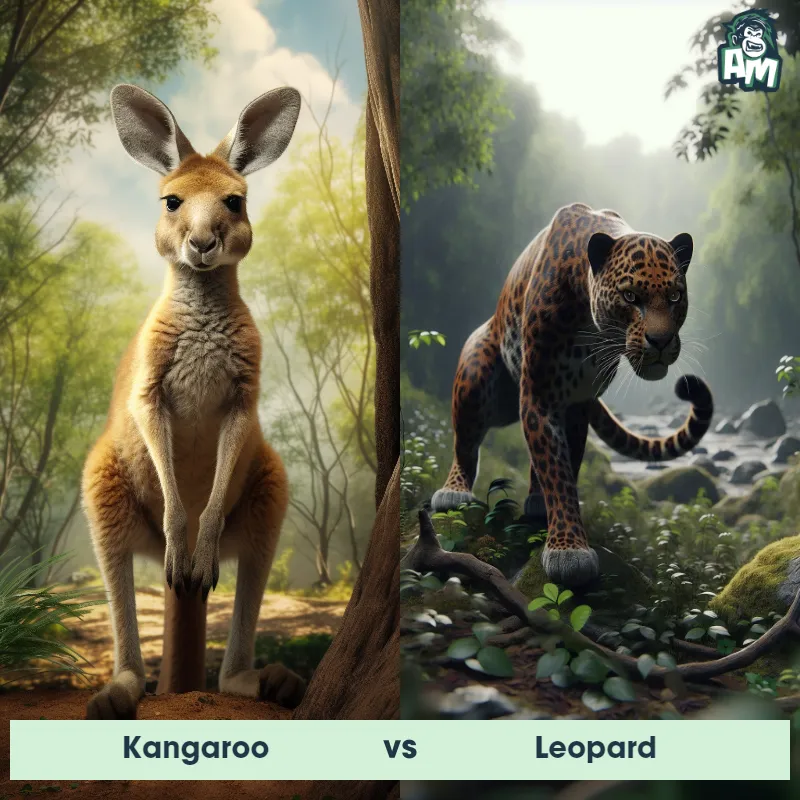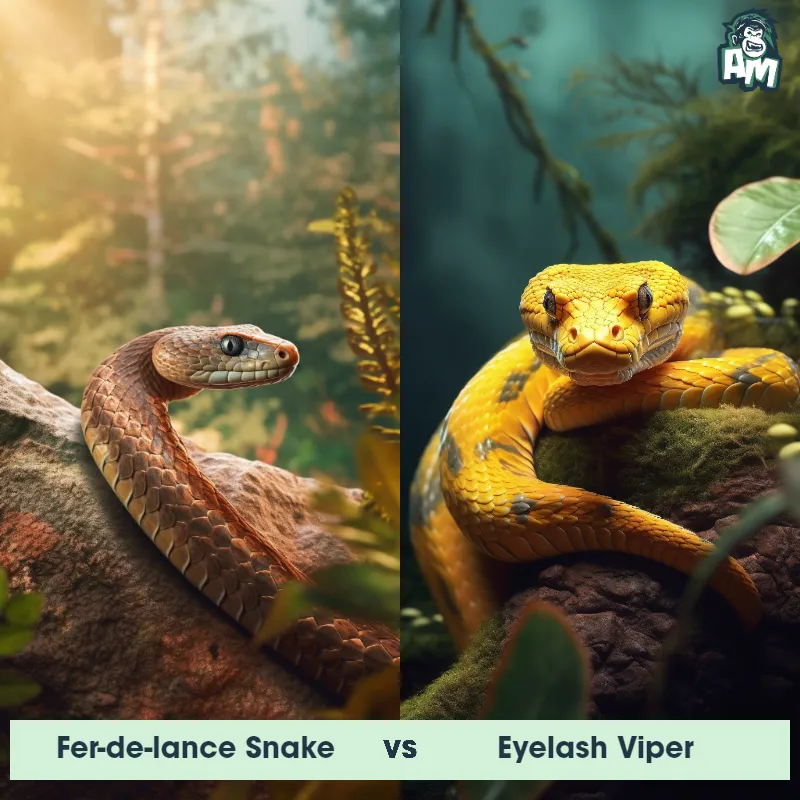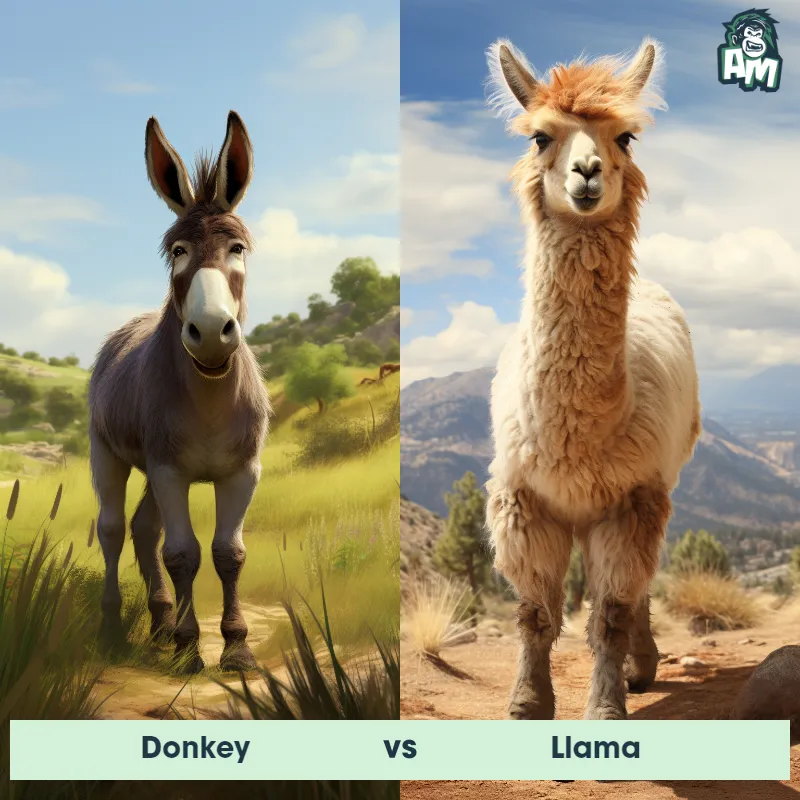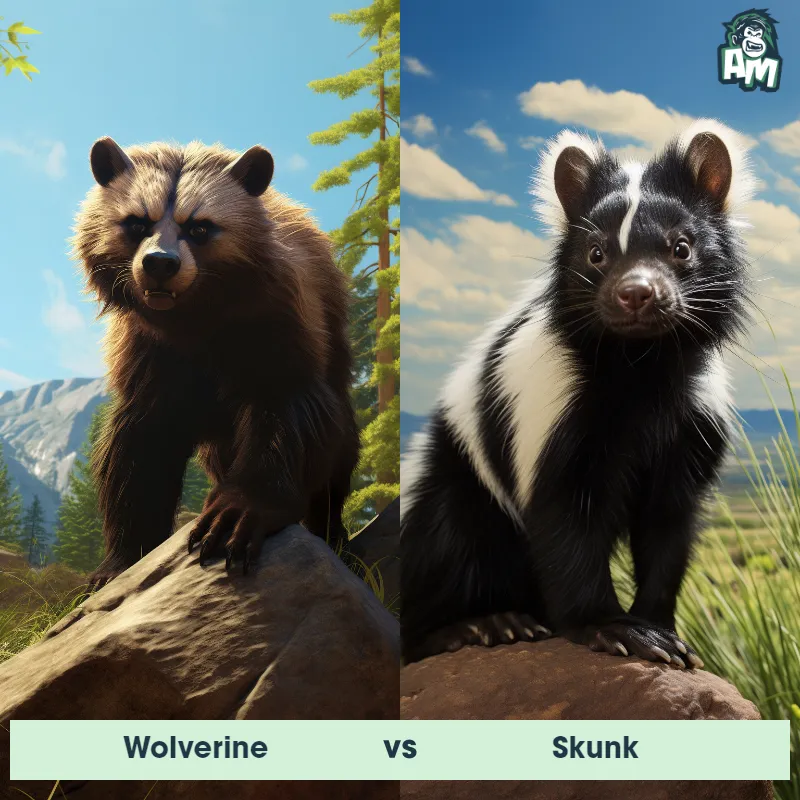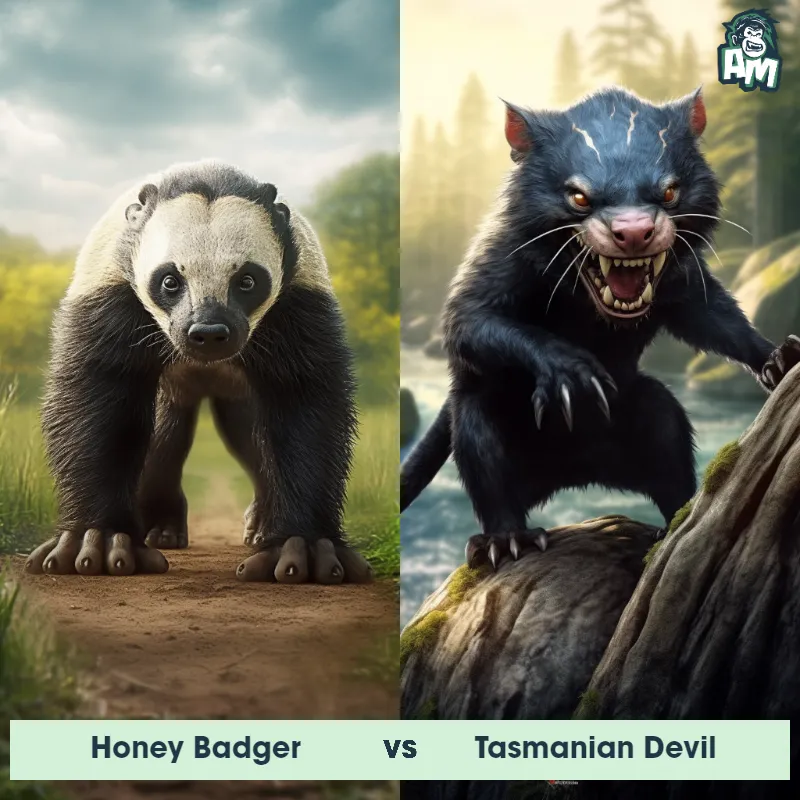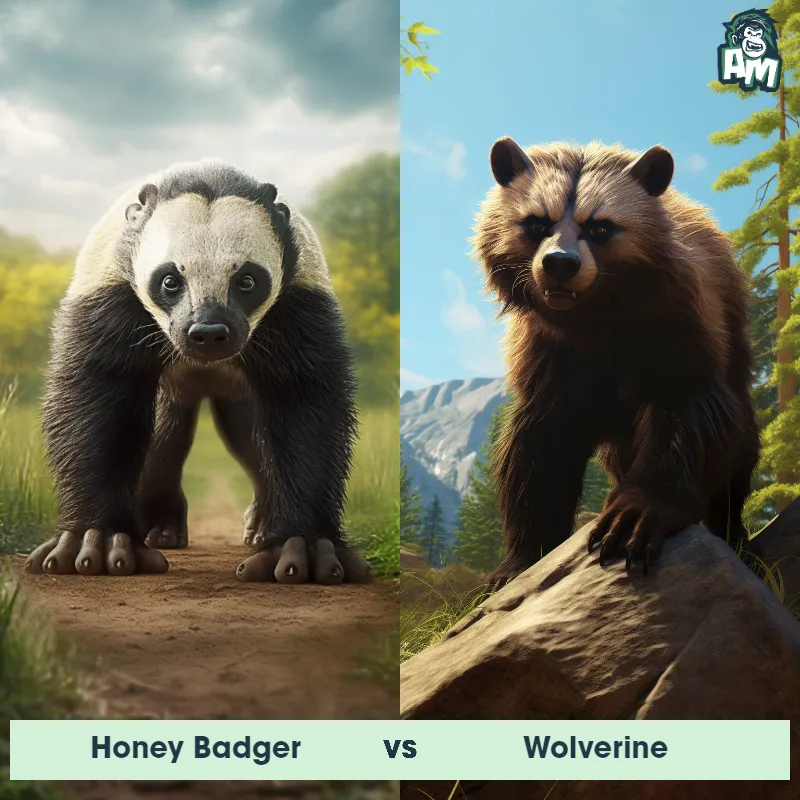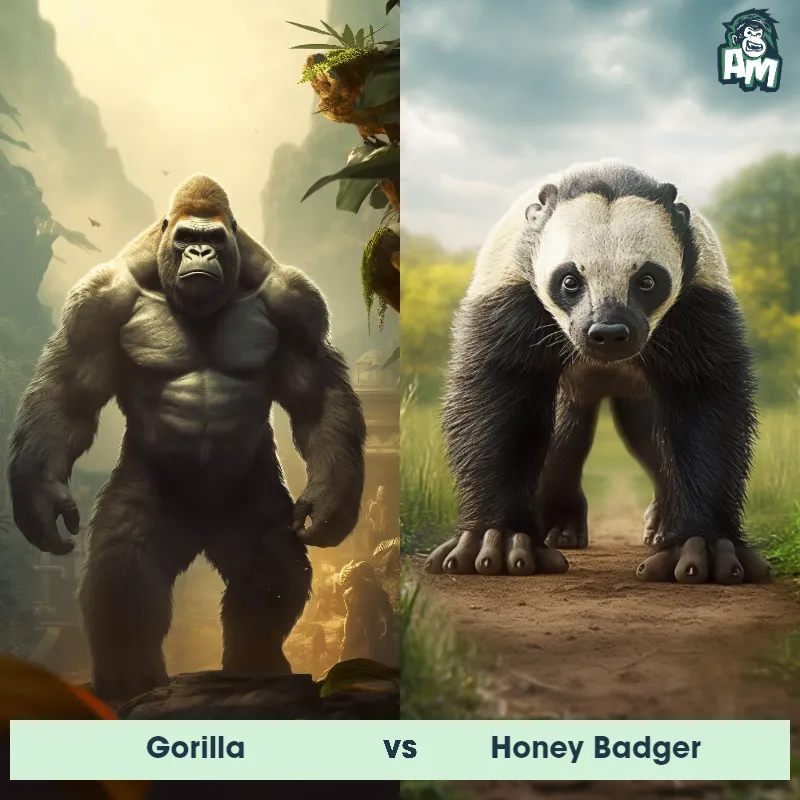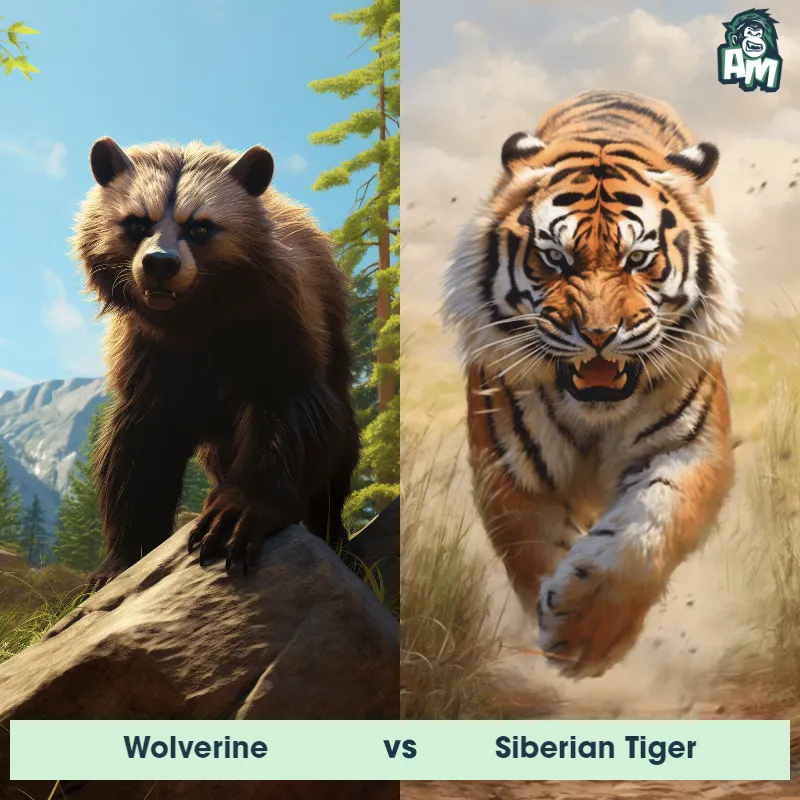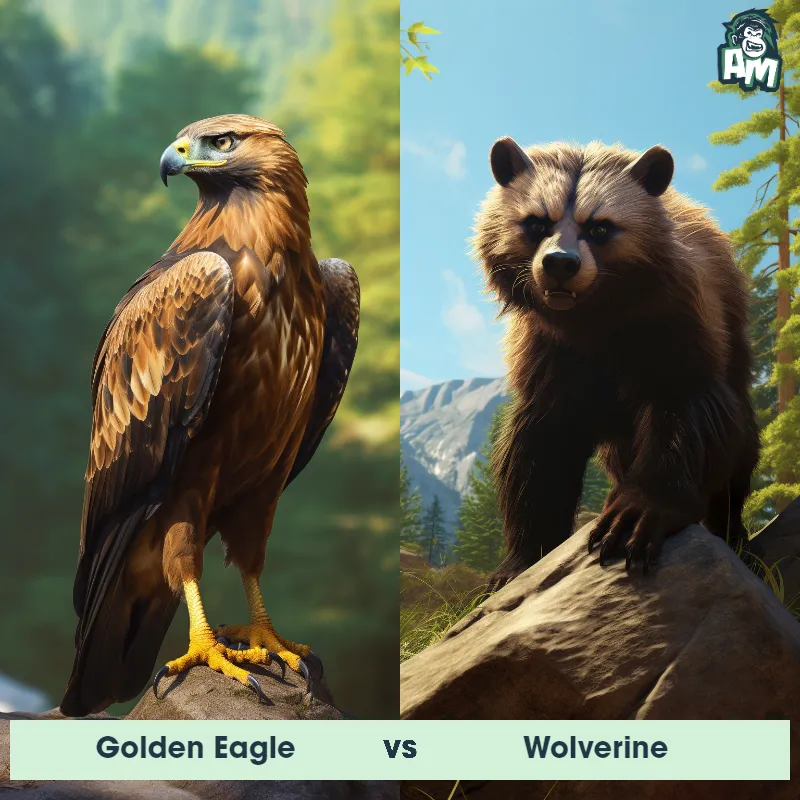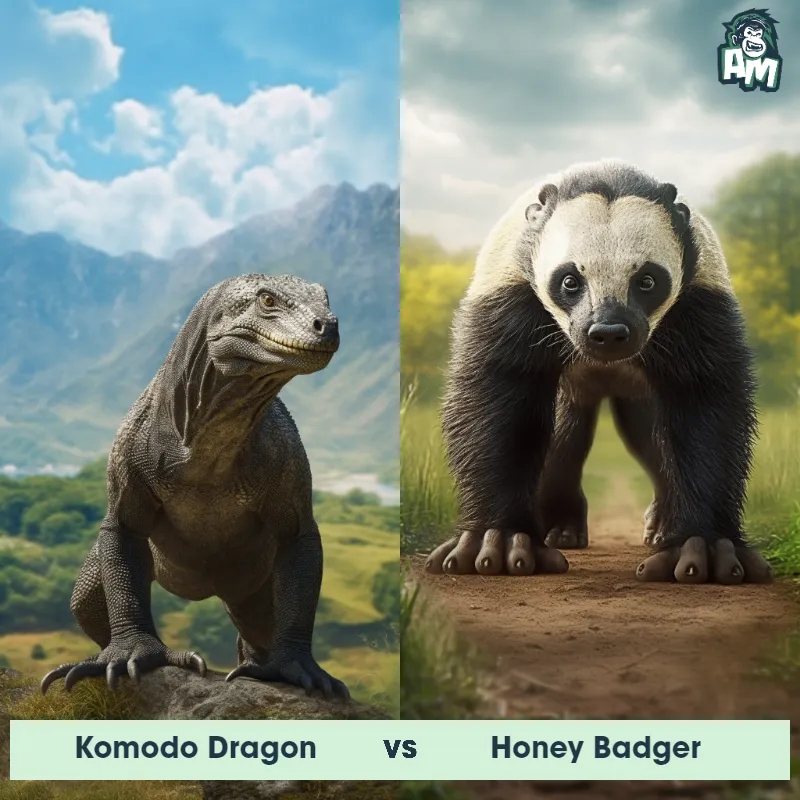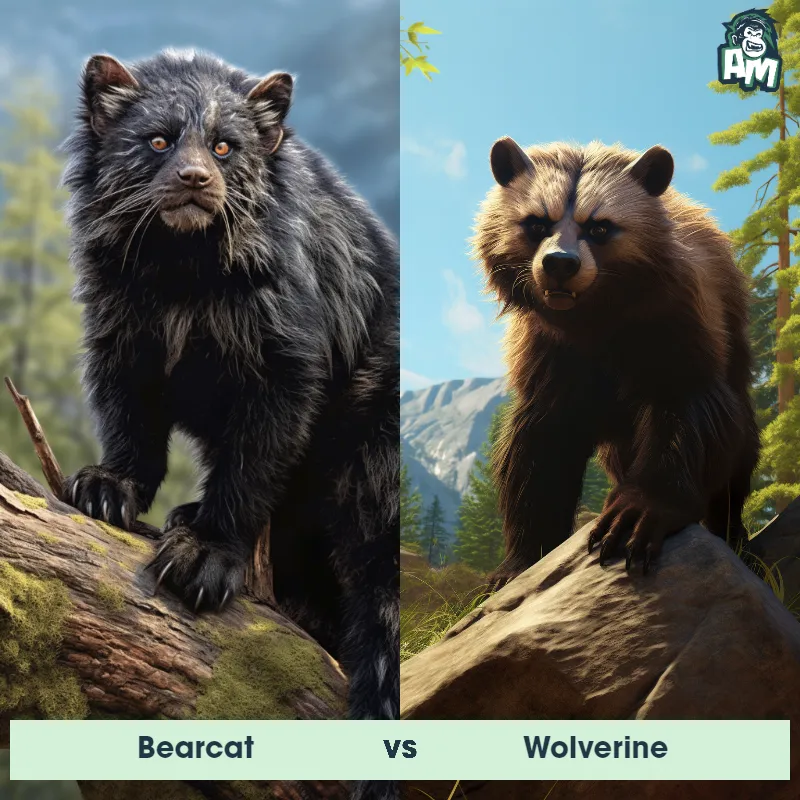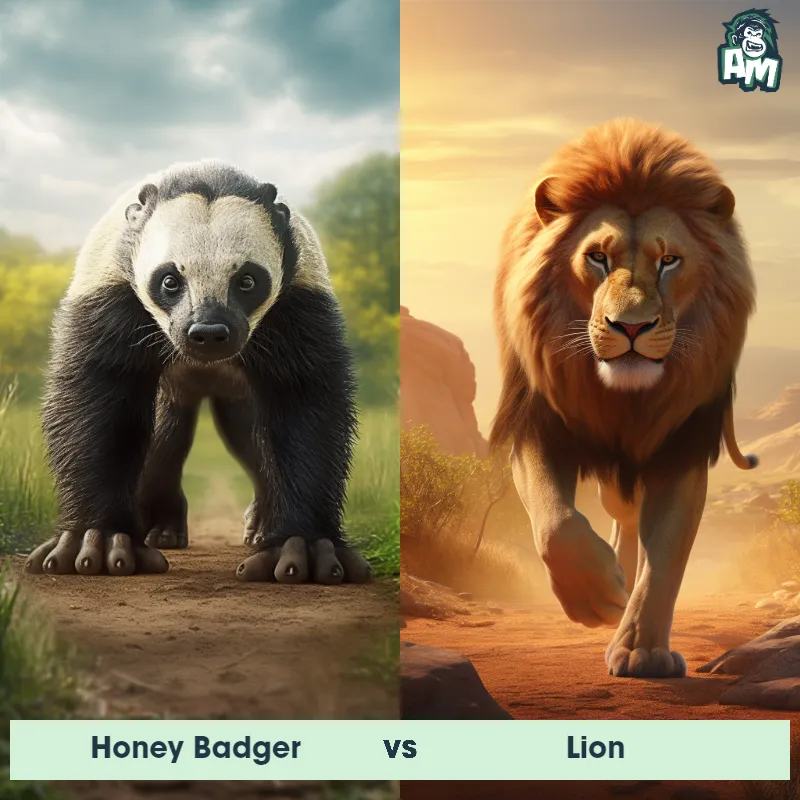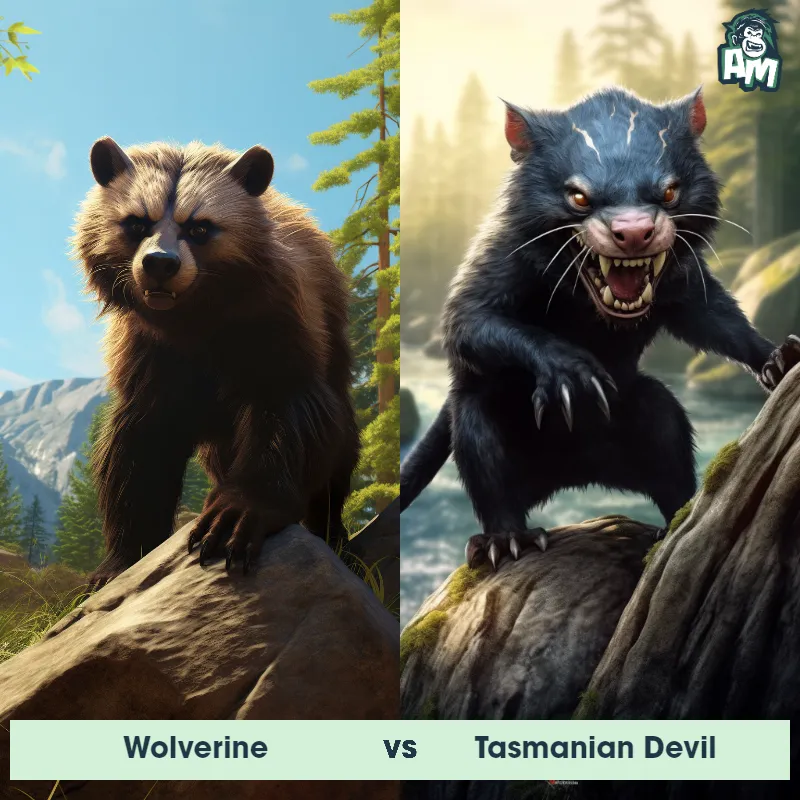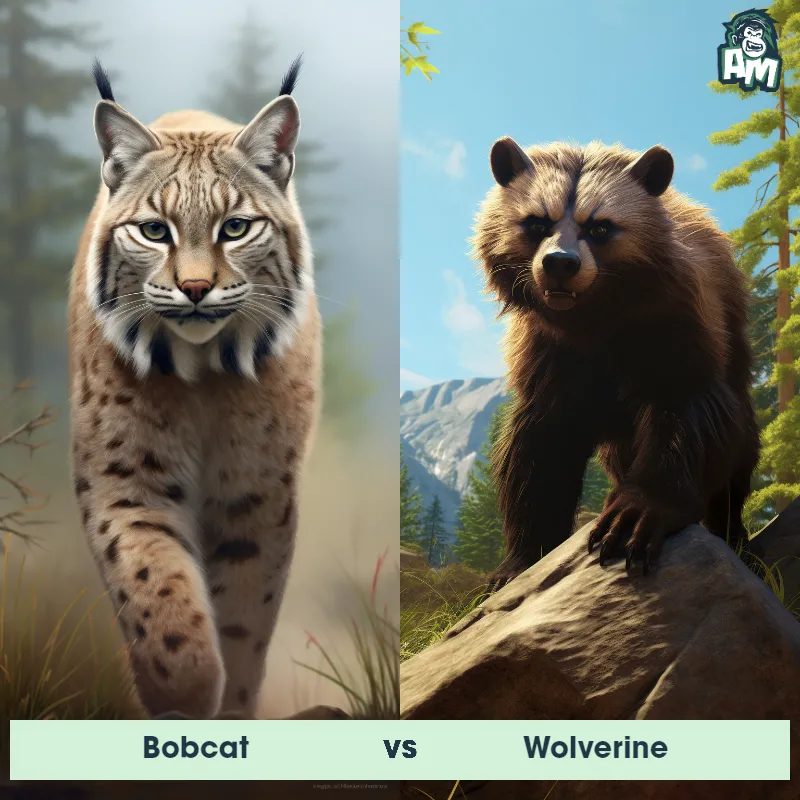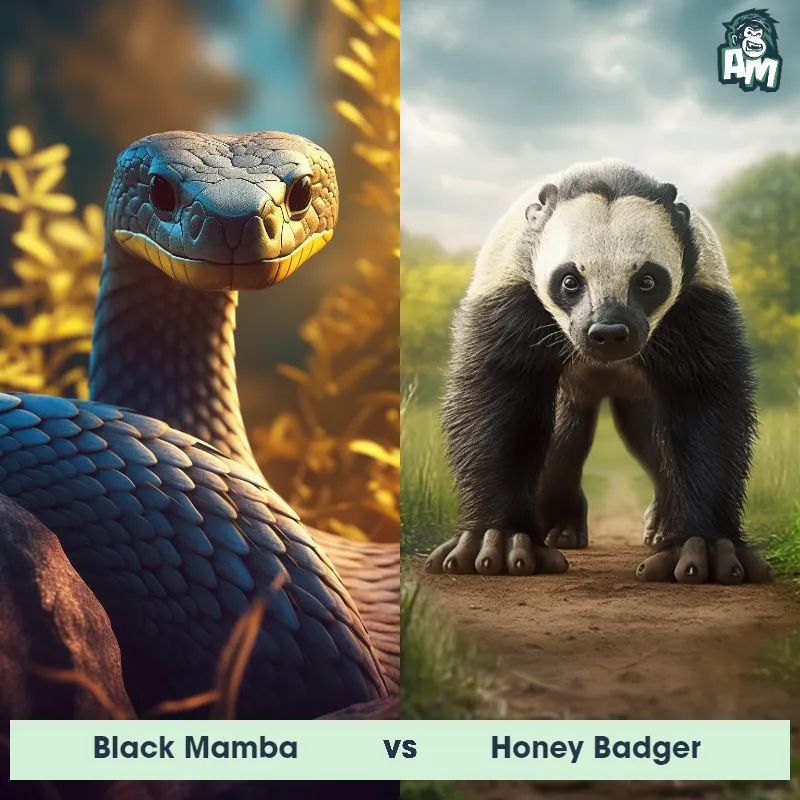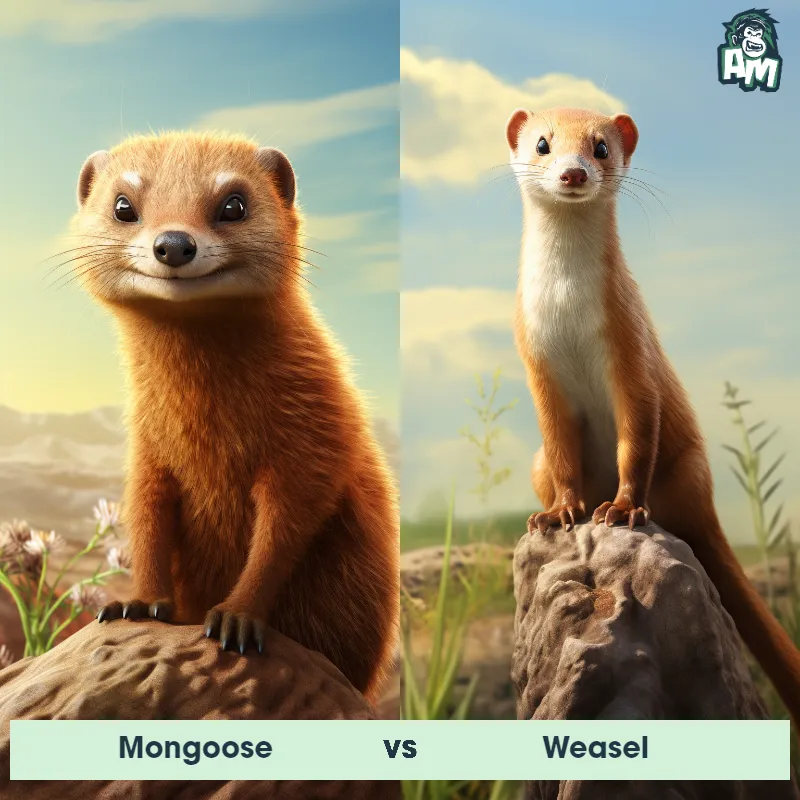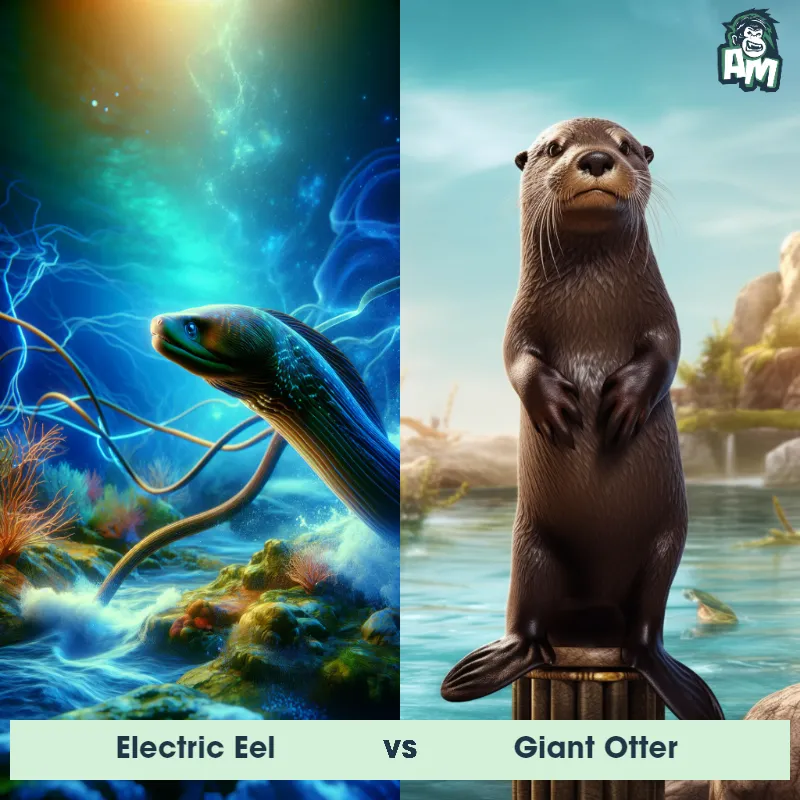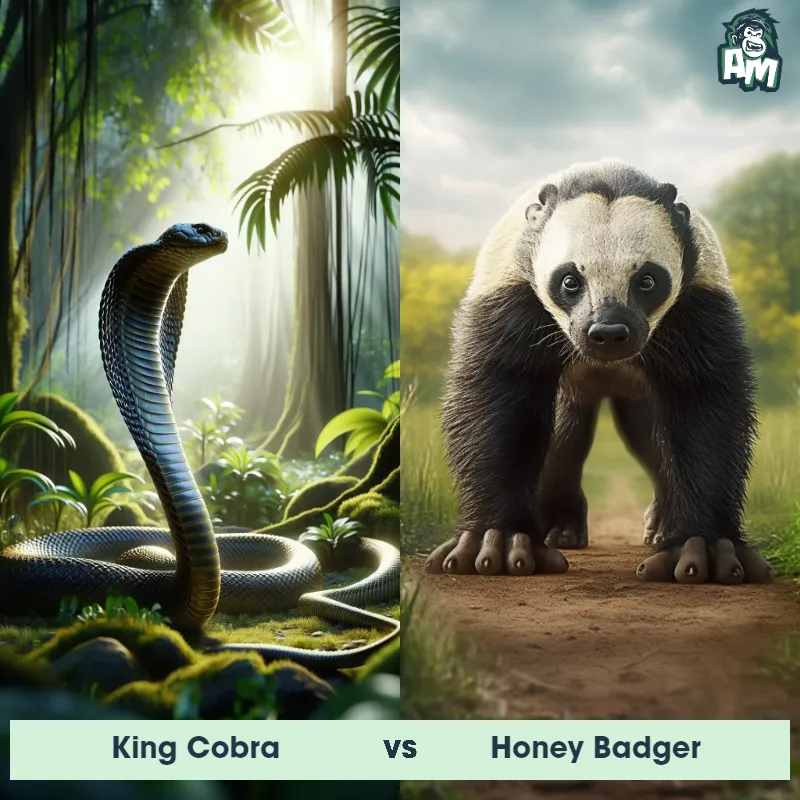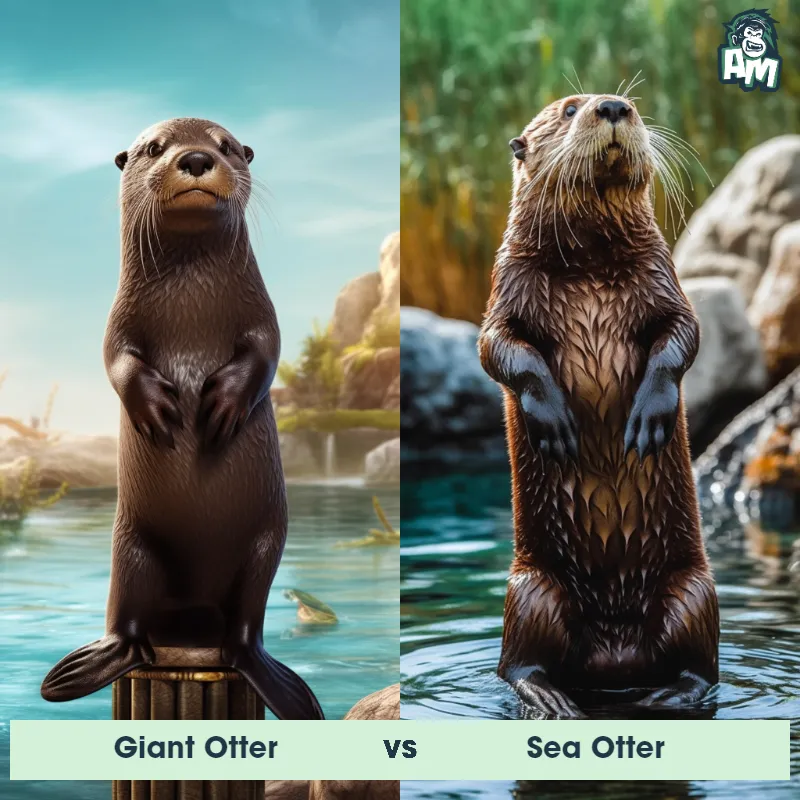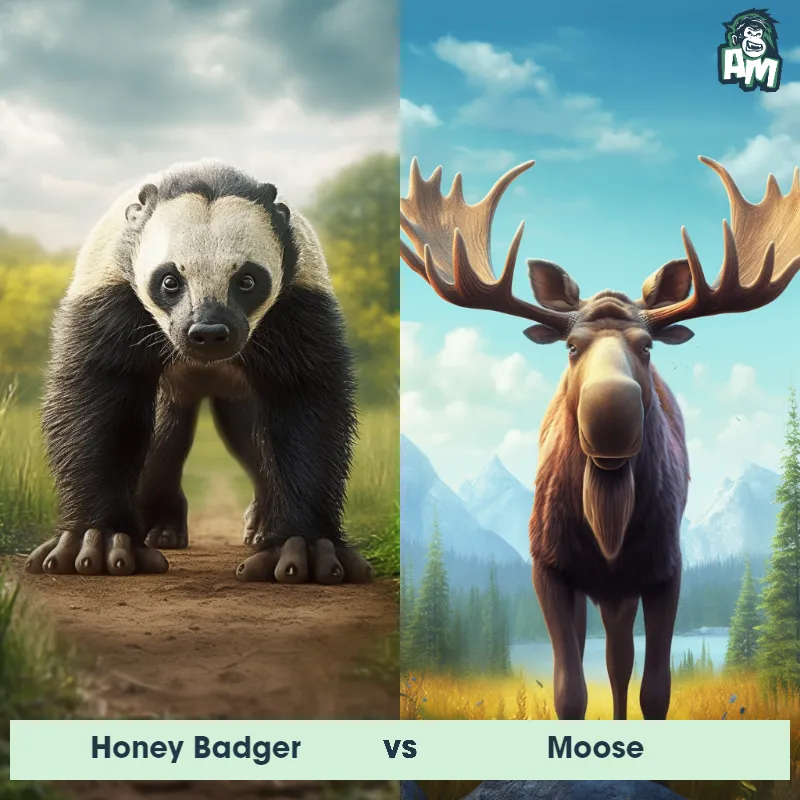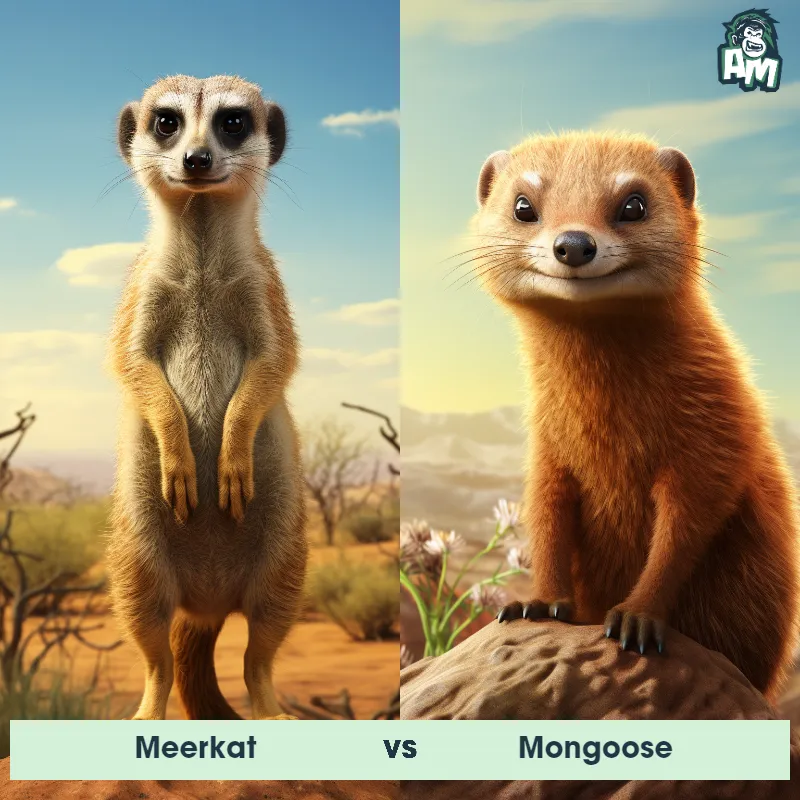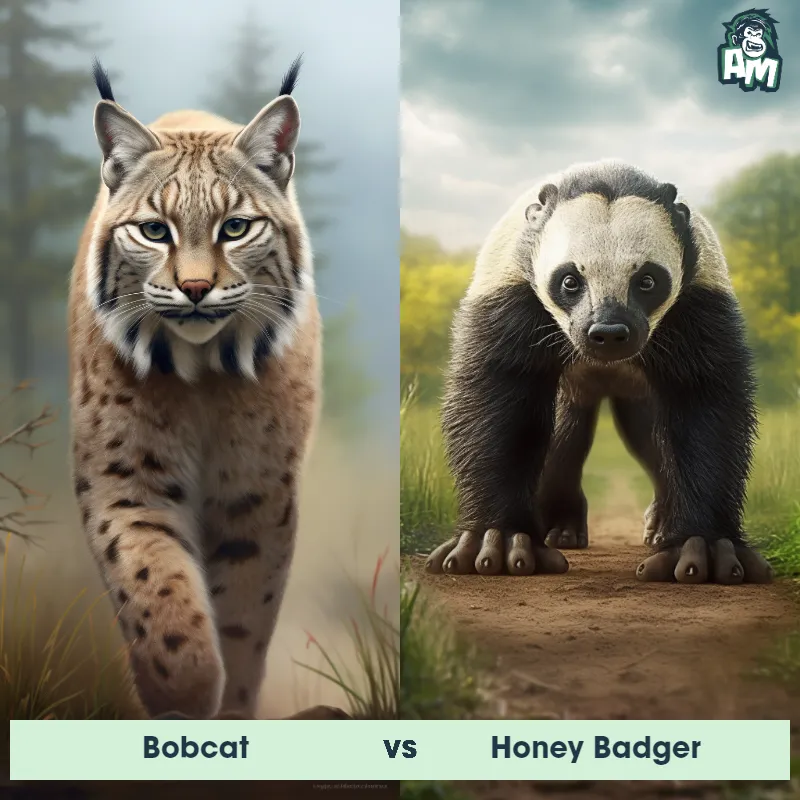Honey Badger vs MongooseSee Who Wins

Ladies and gentlemen, welcome to this incredible matchup between two ferocious opponents! In one corner, we have the relentless Honey Badger, known for its feisty nature and astounding tenacity. And in the other corner, we have the agile Mongoose, famous for its lightning-fast reflexes and strategic approach. This is a showdown that promises nothing short of sheer excitement!
Contender 1: Honey Badger
The Honey Badger, also known as the ratel, is a small carnivorous mammal found in Africa, Southwest Asia, and the Indian subcontinent. They have a stocky build, with a broad head, powerful jaws, and sharp claws. Their fur is thick and coarse, ranging in color from gray to black with a distinctive white stripe on their back. Honey Badgers are known for their fearless and aggressive nature, often taking on animals much larger than themselves, such as lions and hyenas. They are also known for their ability to withstand venomous snake bites and their love for honey, which they obtain by raiding beehives.
Fun Fact: Honey Badgers have been known to dig up and eat buried human corpses, earning them the nickname "the world's most fearless animal."
Contender 2: Mongoose
The Mongoose is a small, agile carnivore that belongs to the family Herpestidae. Their physical characteristics include a long body, a pointed snout, and round ears. Mongooses are renowned for their quick reflexes and keen eye, and are typically brown or grey with a slightly grizzled appearance. They are found in many parts of the world, primarily in Africa, Asia, and southern Europe, where they occupy a diverse range of habitats.
Fun Fact: Incredibly, mongooses are known for their ability to fight and kill venomous snakes, such as cobras, thanks to their speed, agility, thick coat, and specialized acetylcholine receptors that make them resistant to snake venom.
Matchup Stats
| Honey Badger | Mongoose | |
|---|---|---|
| Size | 25-30 inches (63-76 cm) in length | 1-4 feet (0.3-1.2 meters) |
| Weight | 19-26 pounds (9-12 kg) | 0.5-11 pounds (0.2-5 kilograms) |
| Speed | Speed: 20 mph (32.19 km/hr) | 20mph (32km/h) |
| Key Strength | Powerful jaws and sharp claws | Speed, agility, and resistance to snake venom |
| Biggest Weakness | Short legs and small size | Small size and solitary nature (for some species) |
Current Votes
Honey Badger vs Mongoose
See Who Wins
View More Matches
Looking For More?
Similar Matches
Scientific Stats
| Honey Badger | Mongoose | |
|---|---|---|
| Scientific Name | Mellivora capensis | Herpestidae |
| Family | Mustelidae | Carnivora |
| Habitat | Terrestrial | Diverse range of habitats including forests, grasslands, and deserts |
| Geography | Africa, Southwest Asia, and the Indian subcontinent | Africa, Asia, and Southern Europe |
| Diet | Carnivorous, eats small mammals, birds, reptiles, insects, and honey | Carnivorous, primarily insects, rodents, birds, eggs, and occasionally venomous snakes |
| Lifespan | 24 years - 26 years | 7 years - 13 years |
Key Differences between Honey Badger and Mongoose
- Body shape: While both species have elongated bodies, Honey Badgers possess a stockier build with a muscular lower back and sturdy limbs, while Mongeese have a more slender and agile body structure.
- Coloration: The Honey Badger has a distinctive thick and coarse coat, which can vary in color from pale gray to dark brown or almost black, while Mongeese usually have a more uniform light to dark brown color with a sleek fur texture.
- Tail appearance: Honey Badgers have a short, bushy tail, typically measuring about 5 to 7 inches in length, whereas the tail of the Mongoose is longer and appears thinner, averaging around 8 to 10 inches.
- Facial markings: Honey Badgers typically have a white stripe running from their forehead to the back of their neck, contrasting with their dark facial mask, whereas Mongeese often lack these prominent facial markings.
- Ears: Mongeese generally have larger, more rounded ears compared to the Honey Badger's smaller, more pointed ears.
- Size: The Honey Badger, also known as the Ratel, is significantly larger than the Mongoose, with an average length of about 30 inches compared to the Mongoose's average length of 18 inches.



